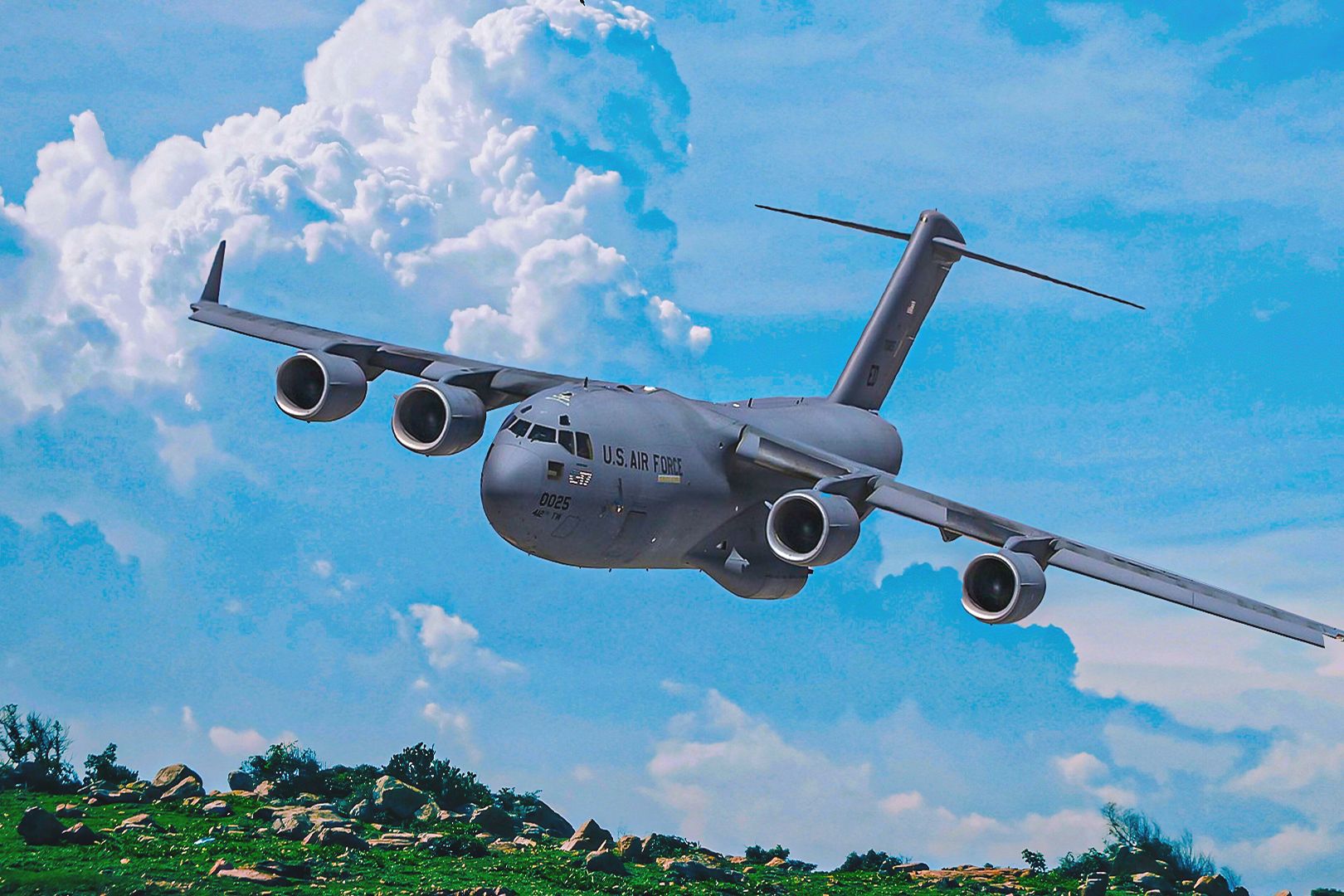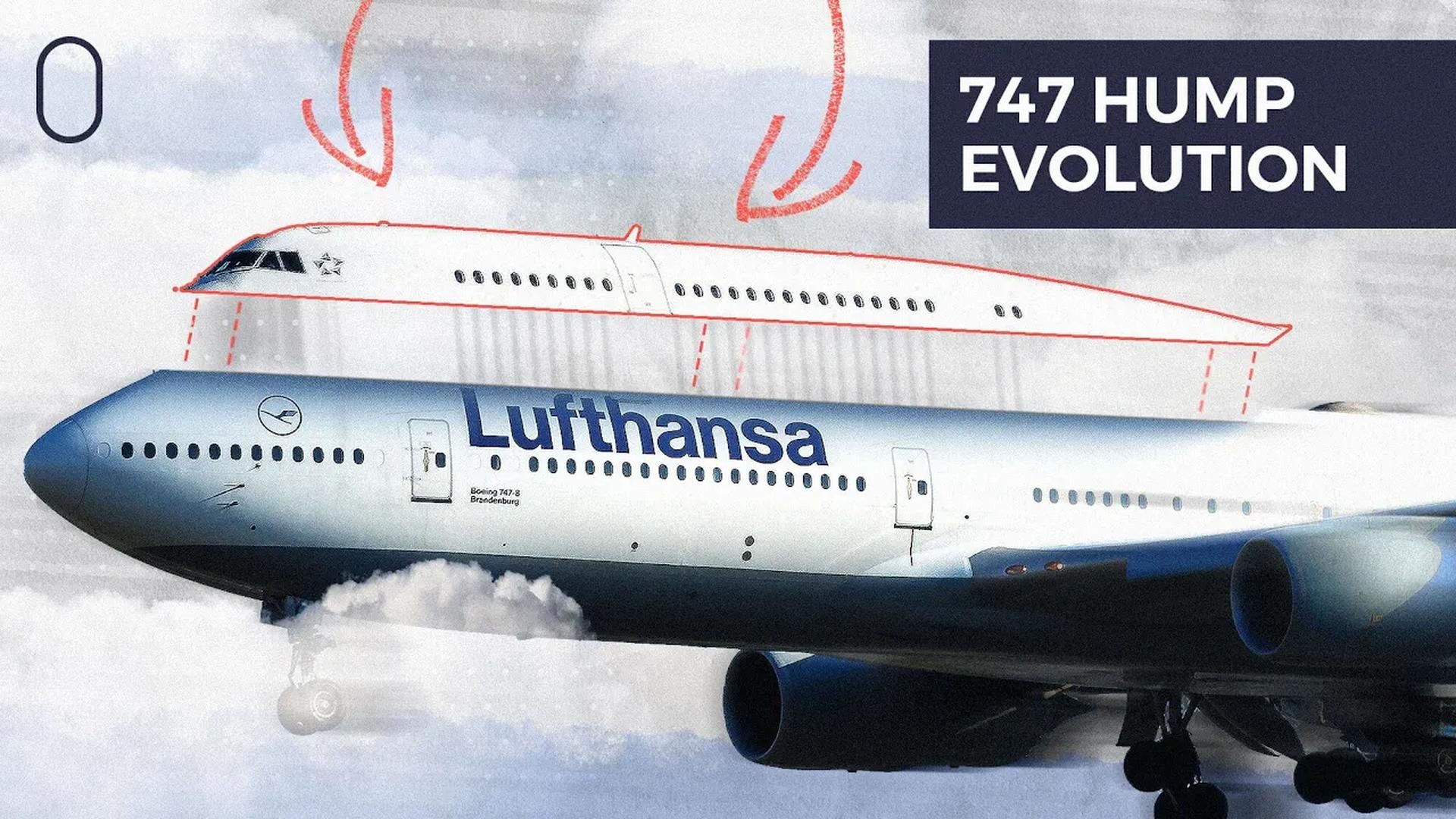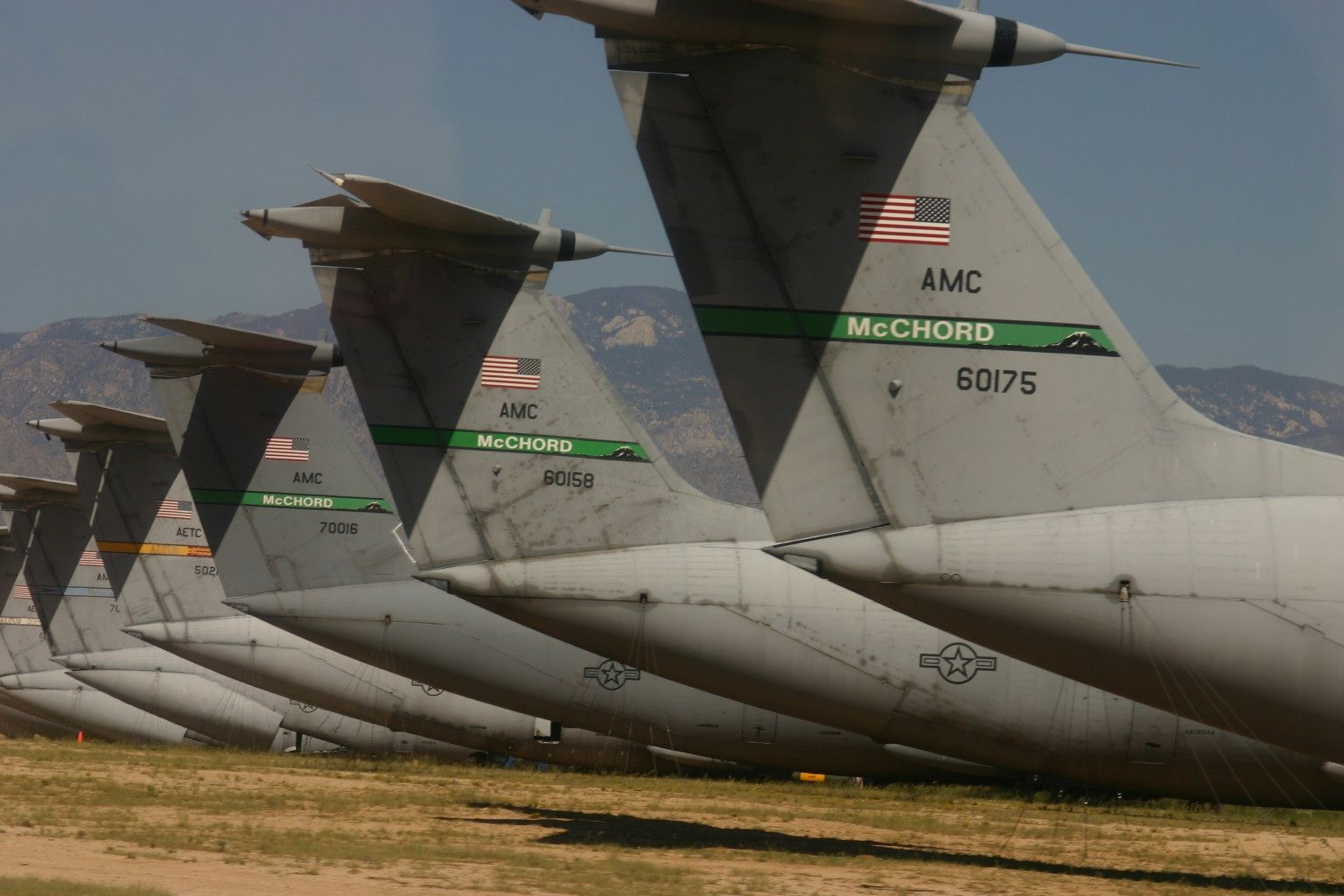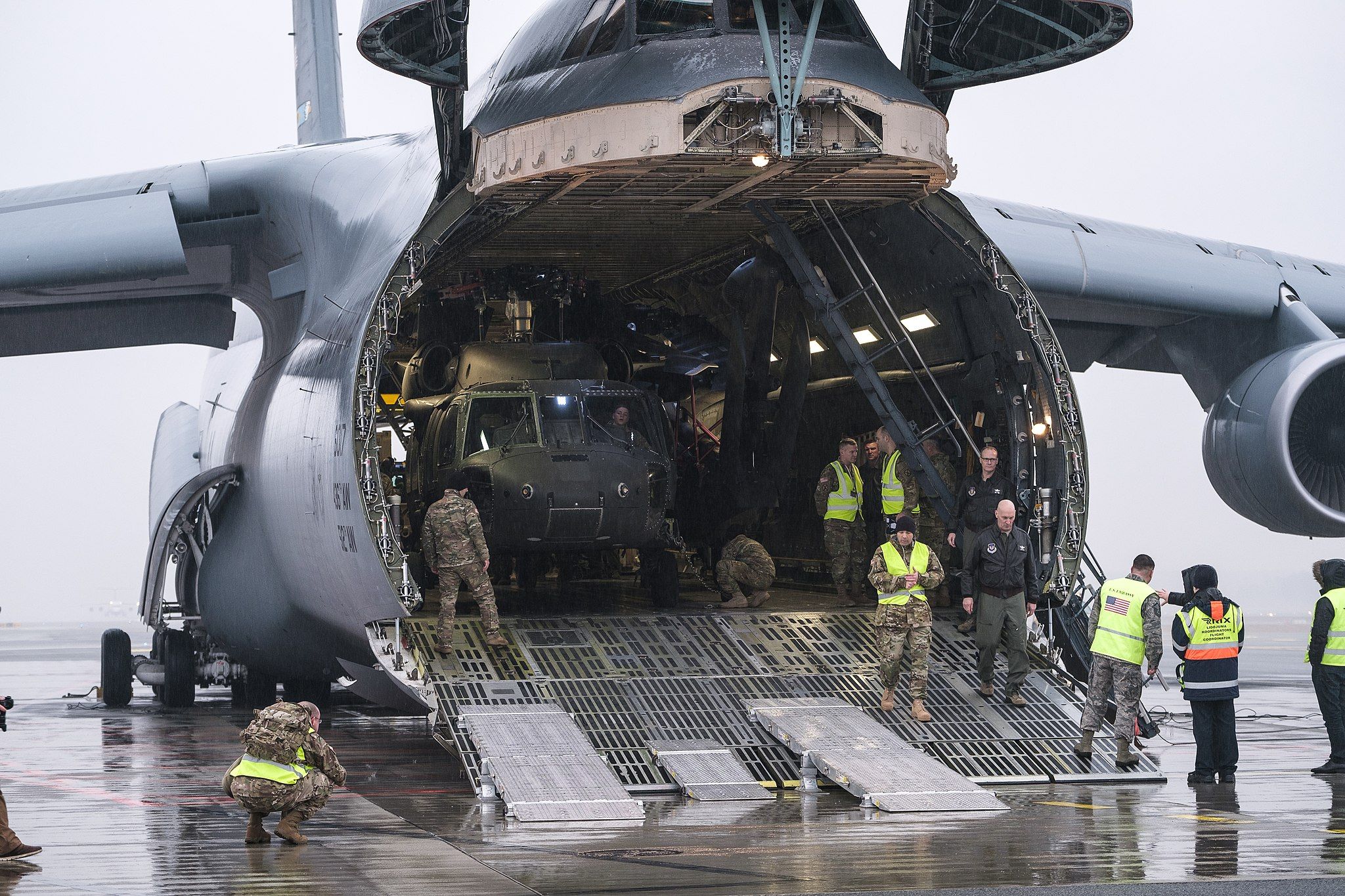Summary
- The Boeing 747’s iconic hump was derived from a military design from the early 1960s.
- Boeing transferred its military design to an airliner, creating the Boeing 747.
- The Boeing 747’s use has shifted from passenger to cargo but remains an enduring aviation icon.
Even to non-aviation enthusiasts, the
Boeing 747
can easily be identified by its iconic “hump” that extends from behind the nose to just behind the wing. The aircraft was called “jumbo-jet” due to its two-decker design and huge passenger capacity. Despite the Airbus A380 taking over with its twin deck extending throughout the fuselage, the Boeing 747 hump remains an icon in aviation.
Did you know that the recognizable hump actually came from a military design? This article explores how the design came by in the early 1960s when Boeing designers were on the drawing board to design a gigantic airplane.
The military brief
In the early 60s, the United States Air Force was in the process of entering the Lockheed C-141 Starlifter into service. The now-retired strategic airlifter was a quad-engine jet that could take off with a maximum weight of 342,000 lb (147,000 kg).
Despite its high lift capacity, the US Air Force had foreseen that an even larger transport aircraft would soon be needed. Thus came the brief for a military aircraft dubbed Cargo Experimental, Heavy Logistics System (CX-HLS): 180,000-pound (81,647-kg) load capacity, 5,000-nautical-mile range, a speed of Mach 0.75, and a cargo bay measuring 17 x 13.5 x 100 feet (5.2 x 4 x 30.5 meters), with both front and rear cargo bay access.

Related
Why Do Military Transport Aircraft Have High-Wing Designs?
Popular military transport aircraft, such as the Airbus A400M or the Boeing C-17, are typically engineered with high-wing designs.
Boeing’s proposal
In May 1964, Boeing, along with other major American aeronautical manufacturers such as Lockheed and Douglas, put forward proposals for the CX-HLS. Here’s where Boeing’s distinguishable upper deck came into the picture.
Boeing proposed a long pod situated at the top of the aircraft, housing the cockpit and other crew compartments so that the rest of the aircraft space below could be used for cargo. This configuration meant that the nose of the aircraft could fully open to allow cargo loading and unloading from the front.
Unfortunately, the Air Force favored Lockheed’s design (the Lockheed C-5 Galaxy, which also has a nose door) over Boeing’s – but this paved the way for the latter’s major success in developing the Queen of the Skies.

Related
5 Key Features Of The USAF Lockheed C-5 Super Galaxy
The C-5 has been serving the U.S. Air Force since 1970. The latest edition, the C-5M Super Galaxy, comes with a spare of improvements and upgrades.
The dawn of the Boeing 747 project
Dimensions
- Wing area: 5,500 ft2 (510.95 m2)
- Exterior height: 63 ft 5 in
- Wing span: 195 ft 8 in
- Length: 231 ft 10 in
- Cabin width: 20 ft 0 In
- Internal baggage: 6,190 cu ft
Around the same time, Juan Trippe—Pan Am’s president—approached Boeing to design a passenger aircraft two and a half times larger than the existing Boeing 707. The airline was seeking to meet the rapidly increasing passenger demand, leading to congestion at airports.
Boeing transferred its military design to that of an airliner, calling it the Boeing 747. While initial designs included a full double-deck (as in the later Airbus A380), there were concerns about emergency evacuation routes. So, Boeing decided to stick with the half-length deck.
The aircraft manufacturer also adapted the nose door into its airliner’s design, optimizing the Boeing 747 for cargo duties, which the original military design was intended for. This gave Boeing and Trippe the reassurance that if newer (particularly at that time, supersonic) airliners were to catch on, the jumbo jet could remain profitable as a freighter.
3:32

Related
The Evolution Of The Boeing 747’s Hump
There are few things more iconic than a Boeing 747 and its hump. How did this feature change throughout the 747s evolution?
A variety of uses
When the Boeing 747 was introduced, it was a hit among airlines. Since its introduction, 1,572 units have rolled off the production line until manufacturing ceased in November 2022. Over the years, the jet’s hump has been used for first class and business class seating, as well as onboard lounges.
Today, the use of the Boeing 747 as a passenger jet has waned, but it continues to be a popular cargo aircraft – as Boeing and Trippe had hoped for.
In January this year, the final 747 ever produced was handed over to its final customer, Atlas Air. This delivery ended the program, a whopping 54 years after the type’s first flight.
The innovation of Boeing’s teams in the 1960s helped the jumbo become a legend worldwide. The plane has left a legacy that will be remembered for generations.

Related
How To Fly On The Boeing 747 Using Points And Miles This Summer
Only three airlines will operate the Queen of the Skies to the US this summer.



